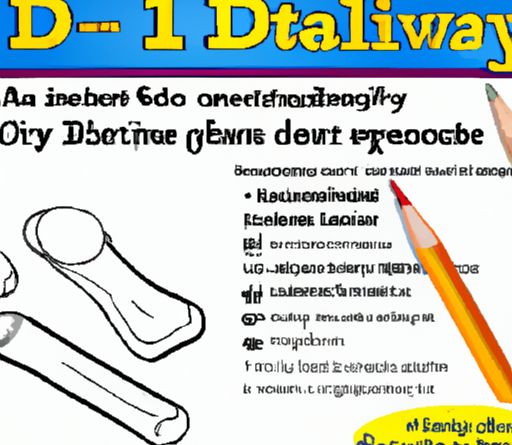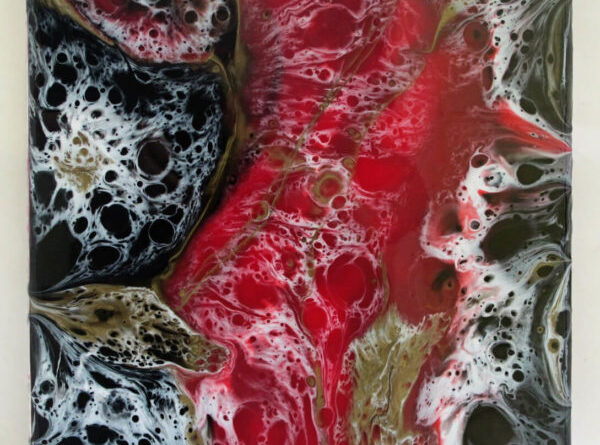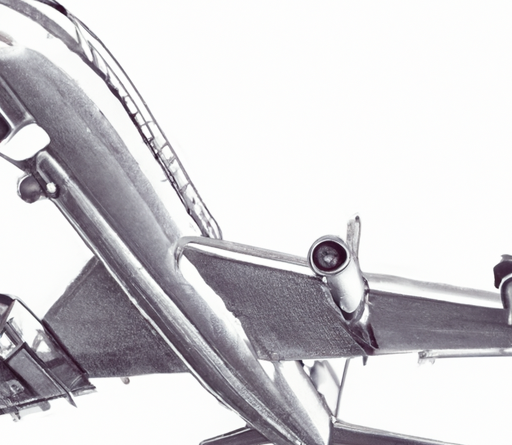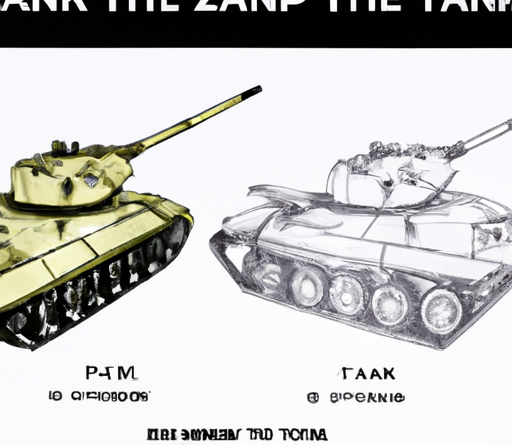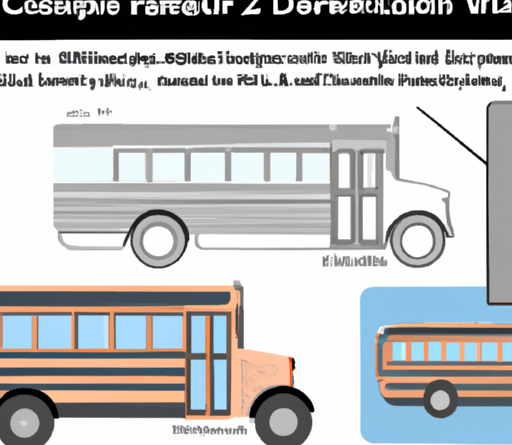
Have you ever wanted to learn how to draw a bus? Whether it’s for a school project or just for fun, being able to draw a bus can be a great skill to have. But where do you start? Well, I’ve got some good news for you – in this article, I’m going to show you step-by-step how to draw a bus. Trust me, it’s easier than you might think!
So, you want to learn how to draw a bus. Well, you’ve come to the right place! In this article, I’m going to break down the process for you in simple, easy-to-follow steps. From the basic shape of the bus to adding in the wheels and windows, you’ll have a complete understanding of how to draw a bus by the time you finish reading this article. And don’t worry if you’re not an expert artist – this tutorial is designed for beginners, so anyone can give it a try. So, grab a pencil and let’s get started on this artistic journey together!
Table of Contents
Learn to Draw a Bus
If you have ever wanted to learn how to draw, starting with a simple object like a bus can be a great way to get started. Drawing a bus may seem like a daunting task at first, but by following a step-by-step process, you can create a realistic and detailed representation of this iconic mode of transportation. In this article, we will guide you through the process of drawing a bus, covering everything from selecting the right tools to adding finishing touches. So grab your pencils and let’s get started!
Choosing the Right Tools
Before you begin drawing, it’s essential to have the right tools to achieve the desired result. When it comes to drawing a bus, there are a few key tools that you will need:
Pencil Selection
Start by selecting a set of high-quality drawing pencils. Different pencils offer varying degrees of darkness, from light (H) to dark (B). For drawing a bus, a standard pencil set with HB, 2B, and 4B pencils should suffice. These pencils will provide a good balance between light and dark shades.
Eraser Options
A good eraser is just as important as the pencils themselves. Choose an eraser that can cleanly and precisely remove unwanted lines without smudging or leaving noticeable marks. A kneaded eraser or a vinyl eraser are both excellent options.
Paper Types
The choice of paper can greatly affect the outcome of your drawing. Opt for a smooth, heavyweight paper that can handle shading and details without tearing or smudging. A sketchbook or drawing pad with acid-free paper is a reliable choice that will ensure the longevity of your artwork.
Observing the Basic Shape
To accurately draw a bus, it’s crucial to observe and understand its basic shape. By breaking down the bus structure and identifying the underlying geometric shapes, you will be able to capture the essence of the bus more effectively.
Breaking Down the Bus Structure
Start by examining the bus and identifying its basic components. Look at the main body, wheels, windows, doors, and any other distinguishing features. Mentally visualize the bus as a combination of simple geometric shapes such as rectangles, circles, and squares. This will serve as the framework for your drawing.
Identifying Basic Geometric Shapes within the Bus
Now that you have a general idea of the bus structure, focus on identifying the basic geometric shapes that make up the different parts of the bus. For example, the main body can be represented by a large rectangle, while the wheels can be depicted as circles. Visualizing these shapes will help you accurately portray the proportions and dimensions of the bus.

Drawing the Outline
Once you have a solid understanding of the bus’s structure, it’s time to start drawing! Begin by establishing the outline of the bus, capturing its overall shape and proportions. Pay close attention to the angles and curves of the bus, and use light, loose strokes to create a preliminary outline.
Starting with the Bus Body
Using the rectangle shape as a guide, start sketching the main body of the bus. Pay attention to any curves or angles that may be present. Remember to keep your lines light and loose at this stage, as you will be refining the drawing later.
Depicting the Wheelbase
Next, move on to the wheels and tires. Using the circle shape as a reference, draw the wheels in their appropriate positions. Pay attention to the distance between the wheels and ensure that they are evenly spaced along the bottom of the bus. Once again, use light strokes to establish the wheelbase.
Adding Details
With the outline complete, it’s time to add more detailed features to your bus drawing. This step will bring your drawing to life and make it recognizable as a bus.
Drawing Windows and Doors
To draw the windows and doors, use the geometric shapes you identified earlier as a guide. Draw rectangular shapes for the windows and larger rectangular shapes for the doors, ensuring that they are proportionate to the overall size of the bus. Take note of any additional details, such as handles or mirrors, and include them in your drawing.
Outlining Wheels and Tires
The wheels and tires are significant components of any bus drawing, so take your time to outline them with precision. Pay attention to the fine details of the wheels, such as tread patterns or hubcaps, and depict them accurately. This attention to detail will add realism to your drawing.
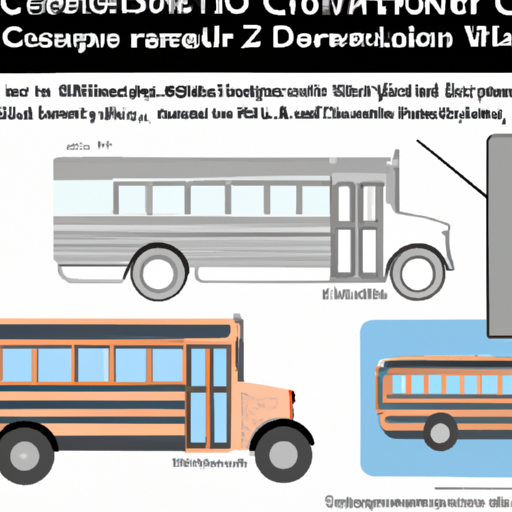
Emphasizing Depth and Dimension
To make your bus drawing more realistic, it’s essential to add depth and dimension to your artwork. This can be achieved through the use of shading, highlights, and detailed shadows.
Creating Shadows and Highlights
Start by identifying the light source in your drawing. This will determine where the shadows and highlights should be placed. Use your pencils to add shading to the appropriate areas, emphasizing the three-dimensional aspect of the bus. Darker areas should receive more shading, while lighter areas should have less.
Adding Depth to the Drawing
To further enhance the depth of your bus drawing, add shadows to the undersides of the bus and wheels. This will create the illusion of the bus being grounded and add volume to the overall composition. Remember to keep the shadows consistent throughout the drawing to maintain a cohesive and realistic result.
Filling Color and Textures
Now that the foundation of your bus drawing is complete, it’s time to add some color and textures. This will further enhance the realism and bring your drawing to life.
Selecting Appropriate Colors
Choose the appropriate colors for your bus drawing, considering the type of bus you are depicting. Buses often come in a variety of colors, so feel free to get creative with your choice. Use colored pencils or markers to fill in the different components of the bus, such as the body, windows, and wheels. Layer different shades of color to achieve a more vibrant and realistic result.
Adding Textures to the Bus
To add depth and texture to your bus drawing, consider incorporating different techniques such as cross-hatching or stippling. These techniques involve creating small marks or dots to simulate texture and depth. Use these techniques sparingly and strategically to bring certain areas of the bus to life.
Adding Realism with Gradients
To take your bus drawing to the next level of realism, consider adding gradients. By blending different shades of color together, you can achieve smooth transitions and create a more lifelike appearance.
Applying Gradient Shades to the Bus
Choose two or more shades of the same color and blend them together using gentle strokes. Begin with the darker shade and gradually transition to the lighter shade as you move across the surface of the bus. This technique will add depth and dimension to your drawing, making it more visually appealing.
Blending Colors for Realistic Effects
Experiment with blending different colors together to create realistic effects. For example, use a darker shade of gray to blend with the wheels, creating a sense of shadow and depth. Be mindful of the colors you choose and how they interact with each other to achieve a harmonious result.
Adding Finishing Touches
With the bulk of your bus drawing complete, it’s time to refine and add the finishing touches. This final step will ensure that your drawing is polished and ready to be showcased.
Refining the Drawing
Take a step back and assess your bus drawing as a whole. Identify any areas that may need refinement or adjustment. Use your pencils to add extra details or touch up any lines that may have become too faint during the drawing process. Pay attention to small details such as reflective surfaces, markings, or logos to add extra realism to your drawing.
Enhancing Details with Fine Lines
To make your bus drawing stand out, use fine lines to enhance certain details. This could involve adding texture to the wheels, defining the edges of the windows, or highlighting specific areas of the bus. Be precise and deliberate with your lines, ensuring that they complement the overall composition of your drawing.
Exploring Different Perspectives
To further develop your drawing skills, consider exploring different perspectives of the bus. By drawing the bus from various angles and creating dynamic compositions, you will expand your artistic repertoire and improve your overall drawing abilities.
Drawing the Bus from Different Angles
Experiment with drawing the bus from different viewpoints. Try drawing the bus from a side view, a three-quarter view, or even a bird’s-eye view. This will challenge you to observe and understand the different proportions and details associated with each perspective. As you become more comfortable with drawing the bus from different angles, you will develop a deeper understanding of its structure.
Creating Dynamic Compositions
Instead of drawing the bus in isolation, consider creating dynamic compositions that feature the bus in a larger context. For example, place the bus in a busy city street or a scenic backdrop to add interest and narrative to your drawing. This will push your creative boundaries and give your bus drawing a unique and captivating appeal.
Conclusion
Drawing a bus may seem intimidating at first, but with the right tools and a step-by-step approach, anyone can learn to draw one. By observing the basic shape, adding details, emphasizing depth and dimension, filling color and textures, and adding finishing touches, you can create a realistic and detailed representation of this iconic vehicle. Remember to practice regularly and experiment with different techniques and perspectives to further develop your drawing skills. So grab your pencils and get ready to embark on an artistic journey filled with creativity and imagination. Happy drawing!




